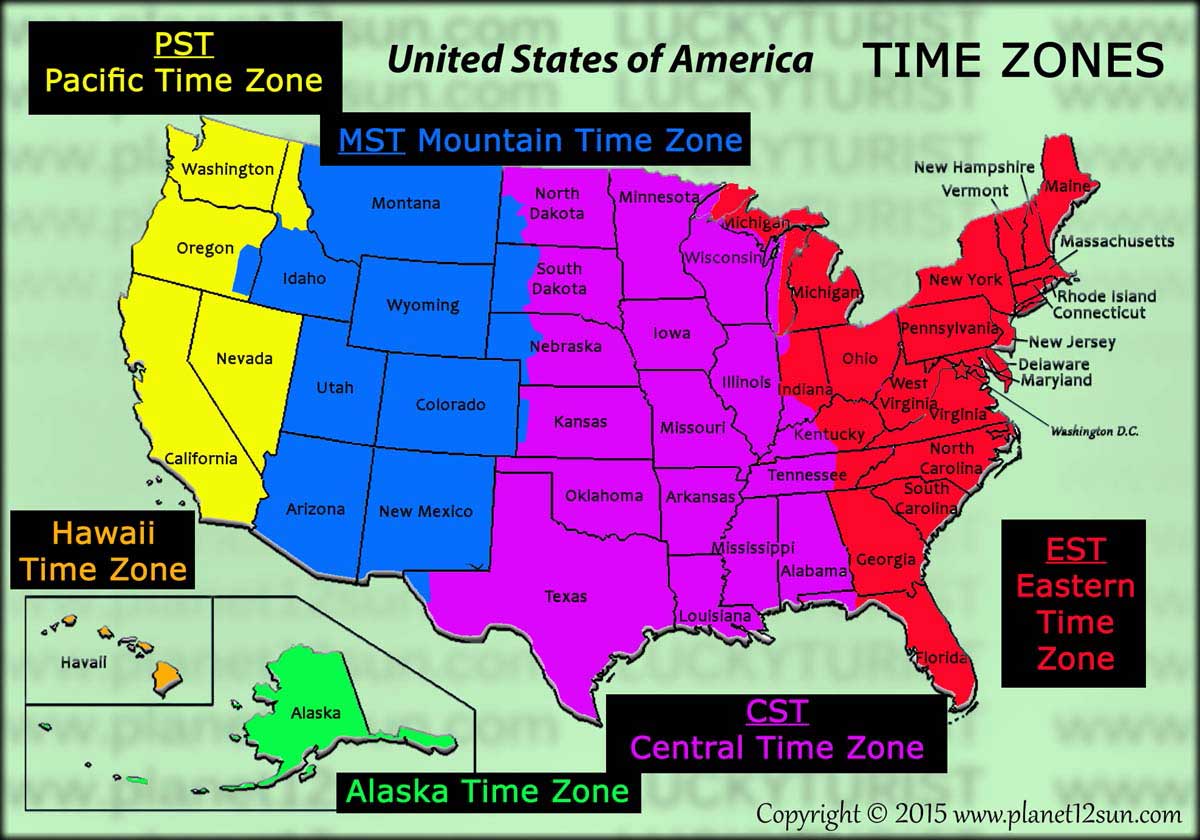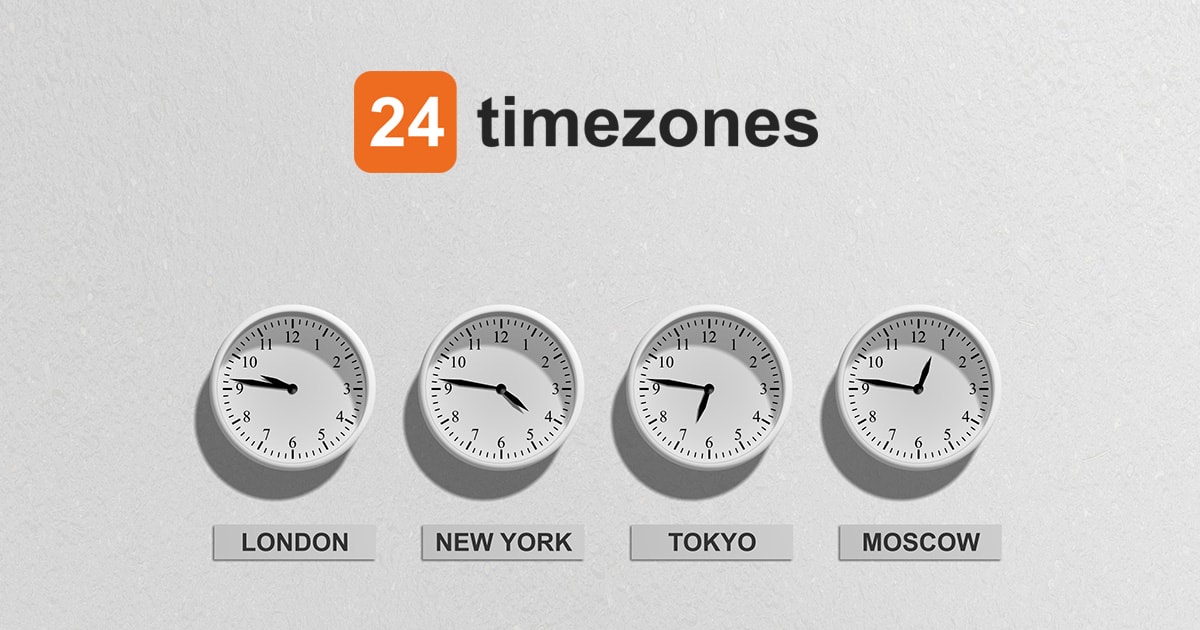

…and although you can fiddle with all sorts of settings stored in the device, such as your body mass (apparently used in guessing your power output), map settings, location reference format, font size and more, the one thing you can’t do is set the date and time manually.

Some devices are entirely dependent on firmware updates to display local time correctly.įor example, I have a miniature bicycle “computer” that I use as a compass and distance tracker when taking a journey (it’s amazing how fluidly and naturally you can navigate without ever looking at a map if you can keep track of time, distance and direction)… What if your clock is locked?Īt least users of traditional operating systems can make temporary timezone adjustments themselves if needed.
#CENTRAL STANDARD TIME TO PACIFIC TIME CONVERTER UPDATE#
The clock change was therefore postponed for a week, lest people who forgot to reset their clocks before going to bed on Saturday night might misread the time on Sunday, and innocently end up arriving at their local voting station after it had closed, not realising they were an hour late because their clocks were an hour slow.Įven Microsoft felt the need to warn its users that Windows clocks, operating system timekeeping, meeting schedules and more might be thrown out of whack, given that the Chilean government didn’t announce this temporary change-to-the-change until last month, thus requiring a last-minute update to the Windows timezone database. The referendum took place on 04 September 2022, the day when clocks would normally go forwards for summer. The temporary change was announced to avoid confusion on the day of the the country’s recent constitutional referendum. Indeed, daylight saving timing trouble raised its head all this week when Chile decided to alter its customary clock-switch date temporarily (to add yet more complexity, the clock changes go the other way below the equator, because the seasons are reversed).

Proponents of the system note that, for many people, shifting their working day to suit the season is no longer possible, because their days are ruled by the clock and not by the diurnal position of the sun, so shifting the clock to suit the season is the simplest alternative. Opponents of daylight savings dismiss it as a pointless complexity that we simply don’t need in the internet era, which is mildly ironic given that internet-era devices generally manage to adjust themselves automatically. So our colleagues in Boston are always five hours behind us here in Oxfordshire, except for the brief period each autumn (or fall, given that we can’t even agree on the names of the seasons in our common language, let alone the alignment of our clocks) and spring when they aren’t. Much of North America does something very, very similar, yet annoyingly different, setting the dates on which the clocks change to the start of November and the middle of March instead. In the UK, for instance, our clocks are set to Greenwich Mean Time when New Year comes round, but we wind them forward to GMT+1 at the end of March, and back to GMT again at the end of October. Dates, times and timezones are troublesome things.ĭaylight saving, or “summer time” as it’s also commonly known, makes matters even worse, because many countries tweak their clocks twice a year in order to shift the apparent time of sunrise and sunset in relation to the regular working day.


 0 kommentar(er)
0 kommentar(er)
